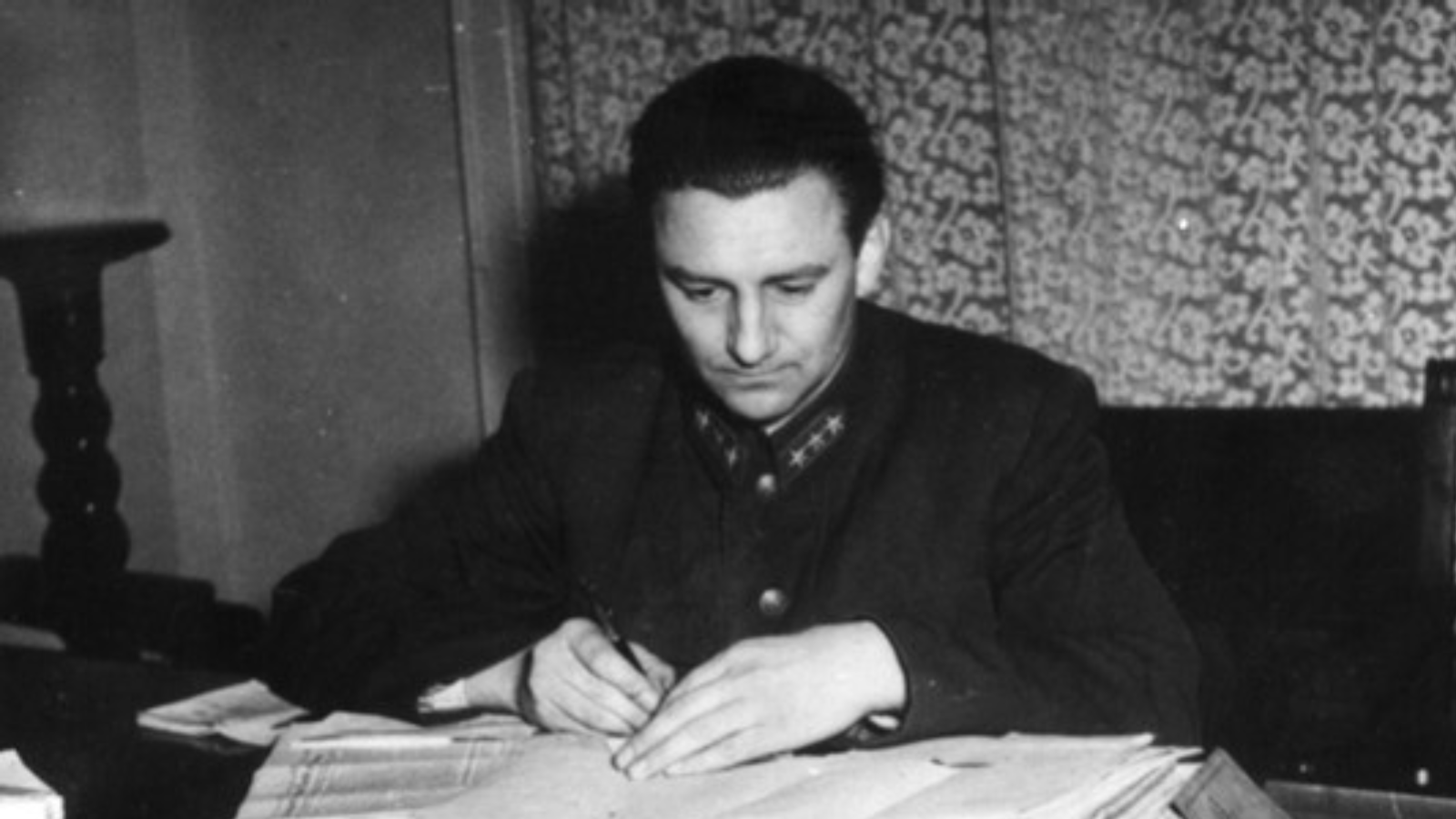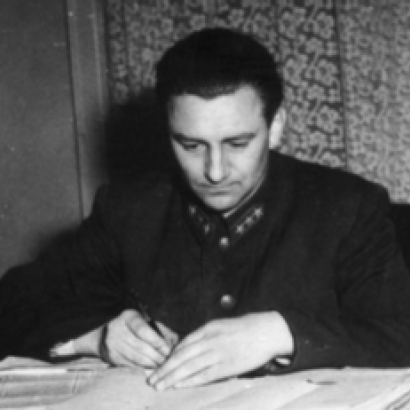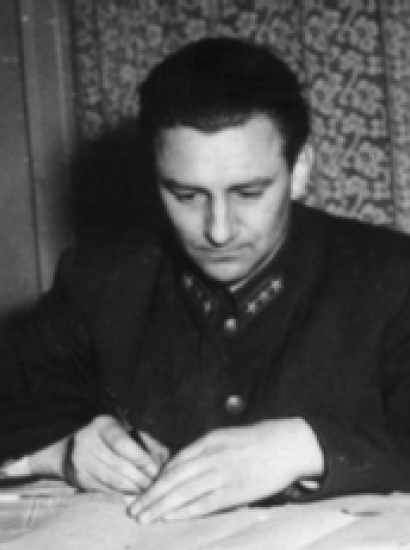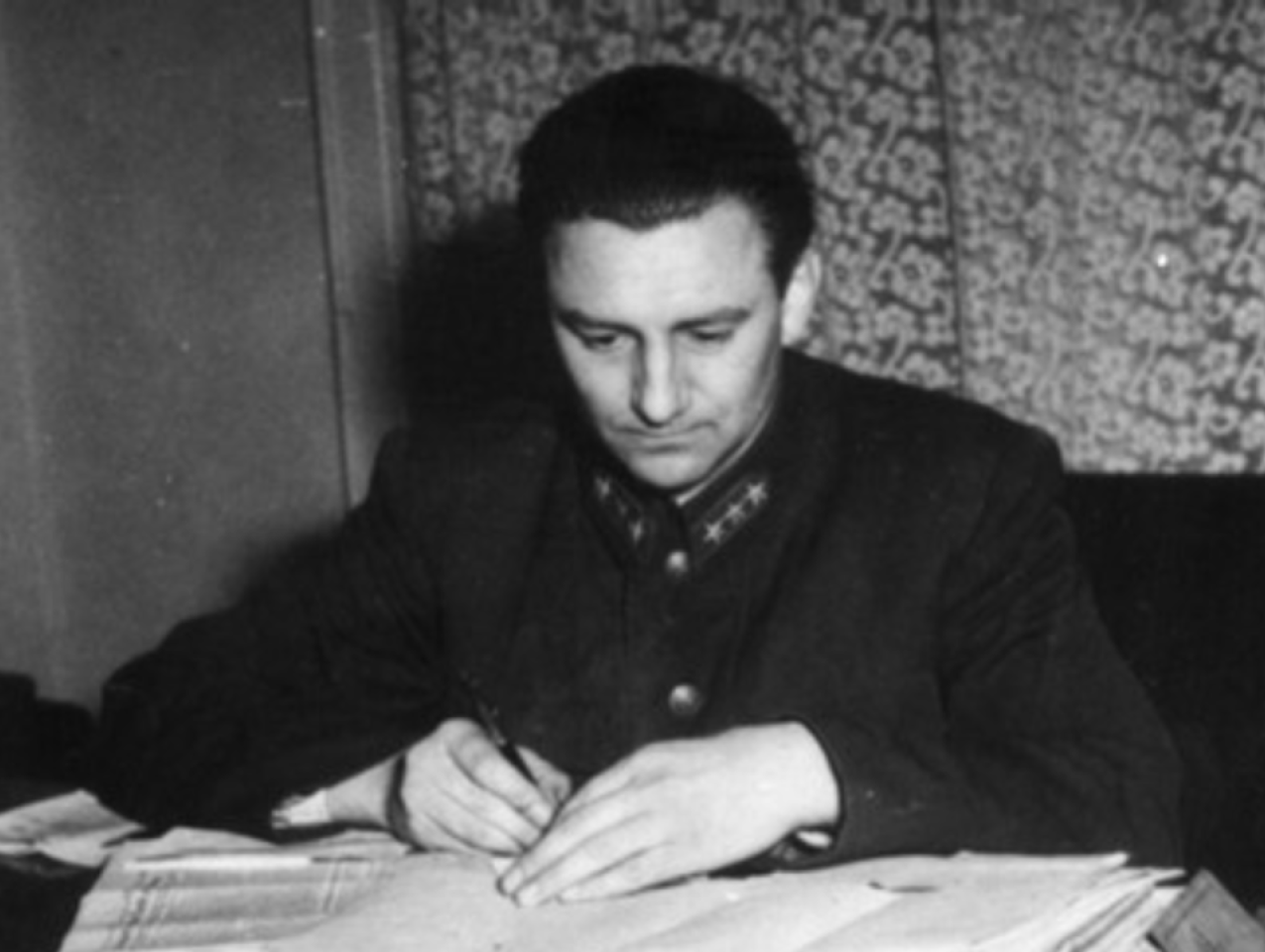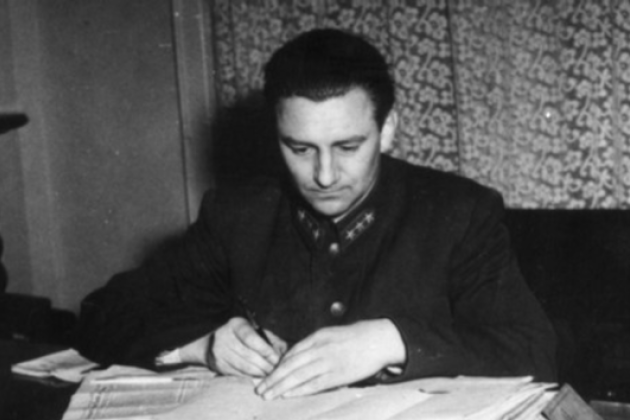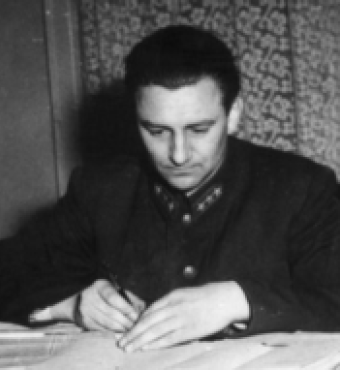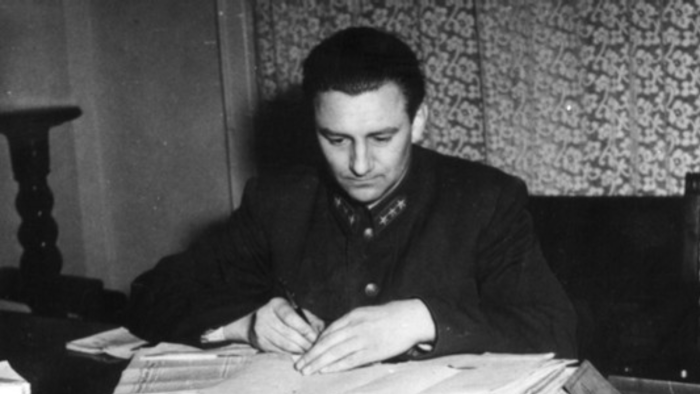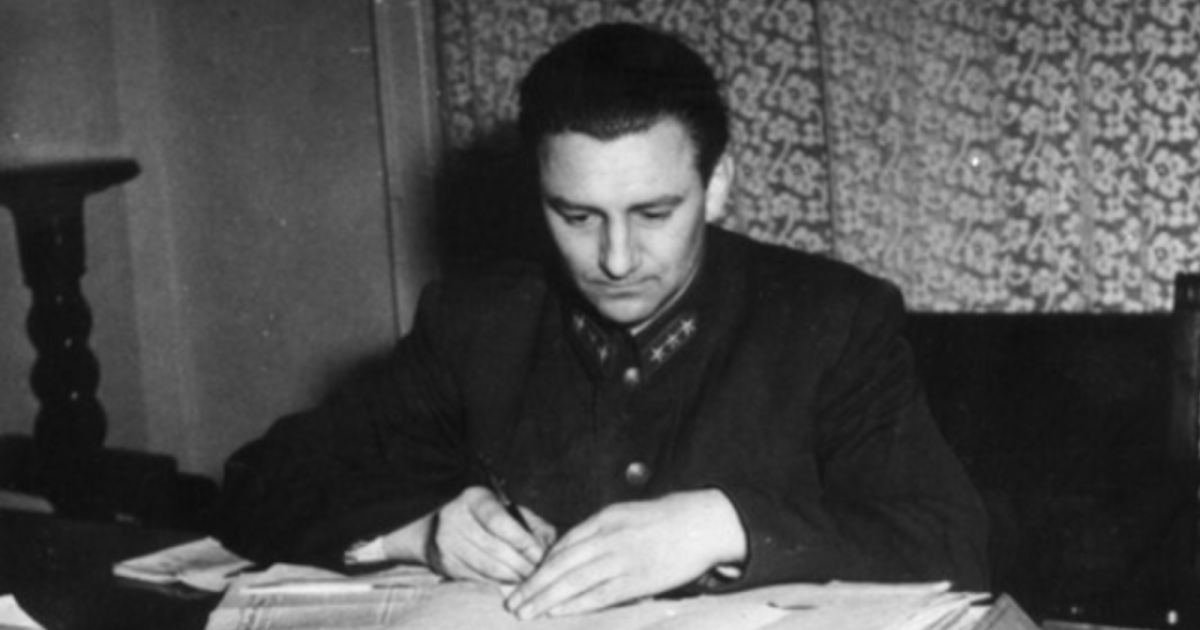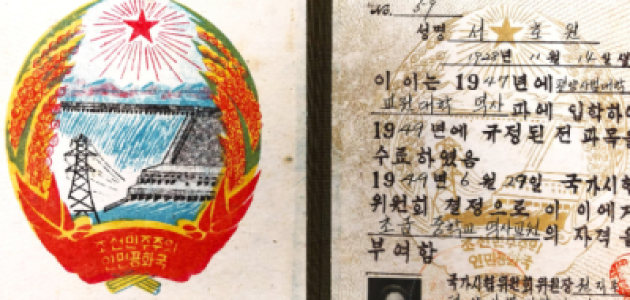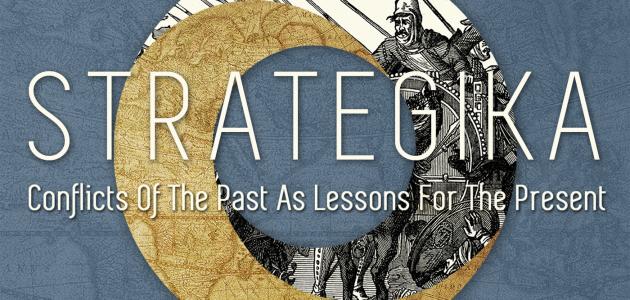Sándor Kopácsi (born 1922) was an active participant of the Hungarian Revolution of 1956 and later chronicled the events in his memoir, In the Name of the Working Class: The Inside Story of the Hungarian Revolution, published in 1987. His account remains an important primary source on the revolution.
Kopácsi began his professional life as a metalworker. During Germany’s occupation of Hungary in 1944, he joined the resistance movement organized by the Anti-Nazi Committee of Hungarian Communists (MOKÁN). After the war, he embarked on a career in law enforcement and in 1949 was appointed Director of Internment Affairs at the Ministry of the Interior. By 1952, he had risen to the position of chief of police in Budapest. A year later, he was elected to the Hungarian Parliament and soon aligned himself with the reform movement led by Imre Nagy.
At the outbreak of the 1956 uprising against Soviet rule, Kopácsi – once a committed communist – refused an order from the Deputy Prime Minister to fire on unarmed demonstrators. Instead, he called for the liberalization of the regime and sided with the rebels, turning the police headquarters into one of the strongholds of the anti-Soviet movement.
In November 1956, following the Soviet intervention in Budapest, Kopácsi was arrested by the KGB. He was sentenced to life imprisonment but was granted amnesty in 1963 and permitted to work in a factory.
In 1975, he emigrated to Canada, where his daughter, Judith, was already living. He died in 2011.
The Sándor Kopácsi papers include his notebooks, correspondence, interviews, published and unpublished writings, reports, and photographs. This unique collection contains original documentation on MOKÁN (Magyarországi Kommunista Antifasiszta Committee/ Anti-Nazi Committee of Hungarian Communists) during World War II, as well as materials related to the 1958 trial of Imre Nagy, the Hungarian communist and leader of the 1956 revolution.
The collection is a vital resource for researchers studying Hungary’s political history during World War II, the 1956 Hungarian Revolution, and the brutal Soviet repression that followed, resulting in significant casualties and widespread displacement.




